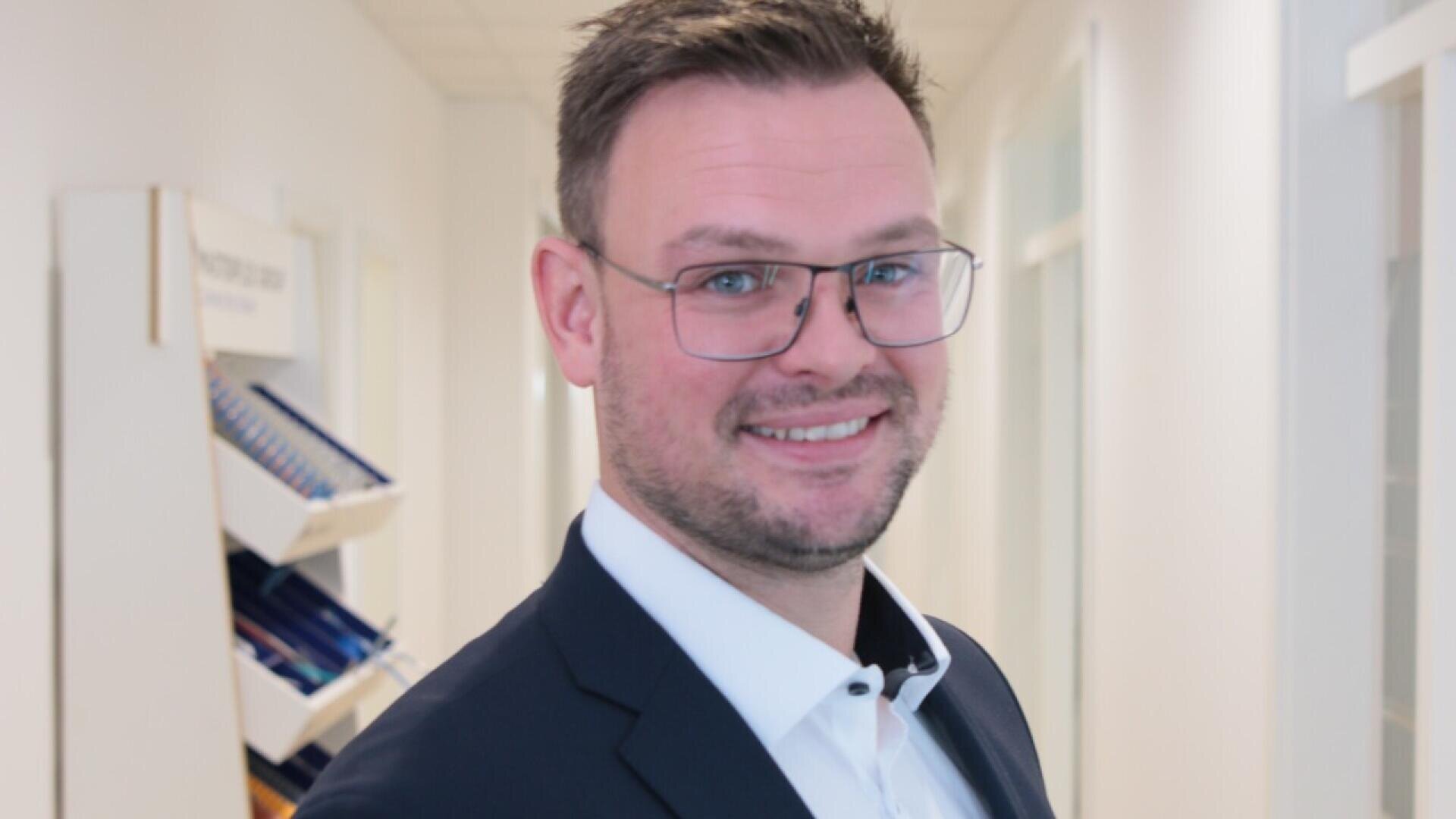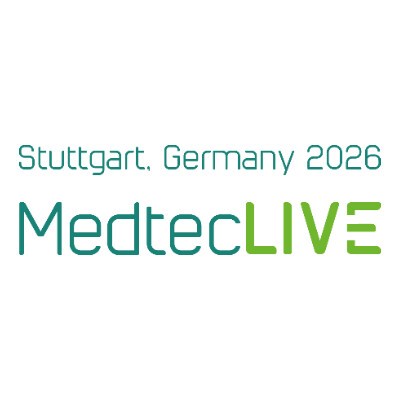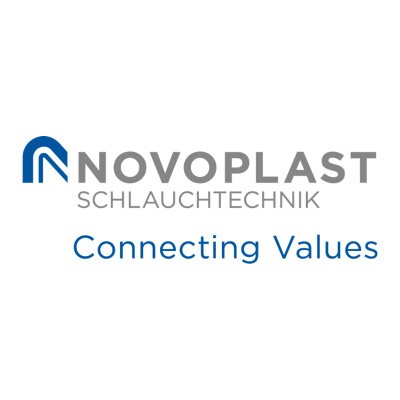‘Conformity to standards means that everything relating to the process is documented’
According to the Federal Office for Drugs and Medical Devices, risk reports have multiplied, often due to ‘inadequate manufacturing processes’. It’s important to make sure that processes are validated to avoid errors. We spoke about this with expert Robert Schreiner from Novoplast Schlauchtechnik.
Mr Schreiner, in your work as a service provider for validation, have you already come across inadequate manufacturing processes as defined by the existing standards?
Robert Schreiner: I would like to point out an important aspect that is often overlooked in standard-compliant processes: I have experienced manufacturing processes that ran absolutely robustly and delivered the required results within the tolerance field. However, conformity to standards does not only mean that the processes achieve the desired results, but also that literally everything concerning this process is documented. However, when it comes to documentation, something is often forgotten, omitted or not updated. To answer the question precisely: Yes, I have already come across processes that were inadequately documented and therefore did not comply with the standard.
Of course, the processes are a little different in every company. But what basic principles does a validation process usually follow?
Robert Schreiner: The current common terms for carrying out a validation are defined by the GHTF, the Global Harmonisation Task Force Guideline, and are used worldwide today. According to this guideline, a process requiring validation goes through the necessary qualification in three steps:
- IQ - Installation Qualification
- OQ - Operational Qualification
- PQ - Performance Qualification
OQ and PQ refer to processes, while IQ is applied to the devices used in the implementation.
The fourth process step of a validation is DQ - Design Qualification. However, design qualifications are less common in medical technology processes and are more likely to be carried out in the pharmaceutical industry.
Can potential for greater efficiency and thus for reducing production costs also be uncovered as part of a validation?
Robert Schreiner: Yes, of course! Validation inevitably involves an in-depth examination of the processes. If optimisation potential is identified during validation, this can be used as an opportunity to realign the process. Of course, this can initially result in investment costs, but these can subsequently reduce production costs in the long term. Of course, this depends on an overall assessment of the benefits and costs in terms of the quality and quantity of the process results.
 Robert Schreiner and the medical team are planning a validation. ©Novoplast Schlauchtechnik
Robert Schreiner and the medical team are planning a validation. ©Novoplast Schlauchtechnik
Novoplast Schlauchtechnik and Fleima-Plastic, the two medical technology brands of the Masterflex Group, are known as manufacturers of hoses and injection moulded parts for medical technology. Can you also validate medical technology processes beyond these product groups?
Robert Schreiner: Our validations go hand in hand with our consulting and project support in advance. When providing support during the development of new products, we can advise customers on processes that are either already established and therefore require less validation. If it is a new process, we may be able to influence the boundary conditions so that validation can be kept lean or omitted. We are customer-orientated and do not aim to include our validation services everywhere. However, if the customer wishes us to carry out process validation on site, we can also guarantee this.
Academies often offer two-day training courses to acquire basic knowledge on the subject of process validation. Can this be sufficient? When should entrepreneurs rather approach external validation specialists?
Robert Schreiner: You have to familiarise yourself with the basics of validation in some way. These courses are recommended for this. However, the practical application afterwards is crucial. Developing a comprehensive validation from a purely theoretical approach is the real challenge. A consolidated basic knowledge can only be achieved through the constant supervision of validation processes. I also regularly take part in such courses for further and advanced training. The exchange of experience on site with the experienced lecturers and other participants is always an enrichment. You never stop learning!
The effort required for validation can certainly vary greatly. How are the costs generally calculated?
Robert Schreiner: You could take a simple approach and say that it is based on a prescribed hourly rate. However, that is not the whole truth. It is much more dependent on the scope of the batch size, the tests with any external laboratories, the corresponding iteration steps, the resources tied up and the corresponding deviations during the OQ/PQ compared to the original validation plan.
Mr Schreiner, thank you very much for the interview!
About the person
Robert Schreiner is a trained automotive mechatronics engineer and studied mechanical engineering. He completed his master's degree with a focus on product development in 2021. Schreiner gained professional experience at Bosch and at medium-sized companies. After working as a site manager and head of production at Sana-One, he joined Novoplast Schlauchtechnik in 2022 as a process developer and validation engineer in medical technology. The company offers hose solutions for industrial and medical technology, with around 300 types covering almost all thermoplastically processable plastics. Novoplast is part of the Masterflex Group.



